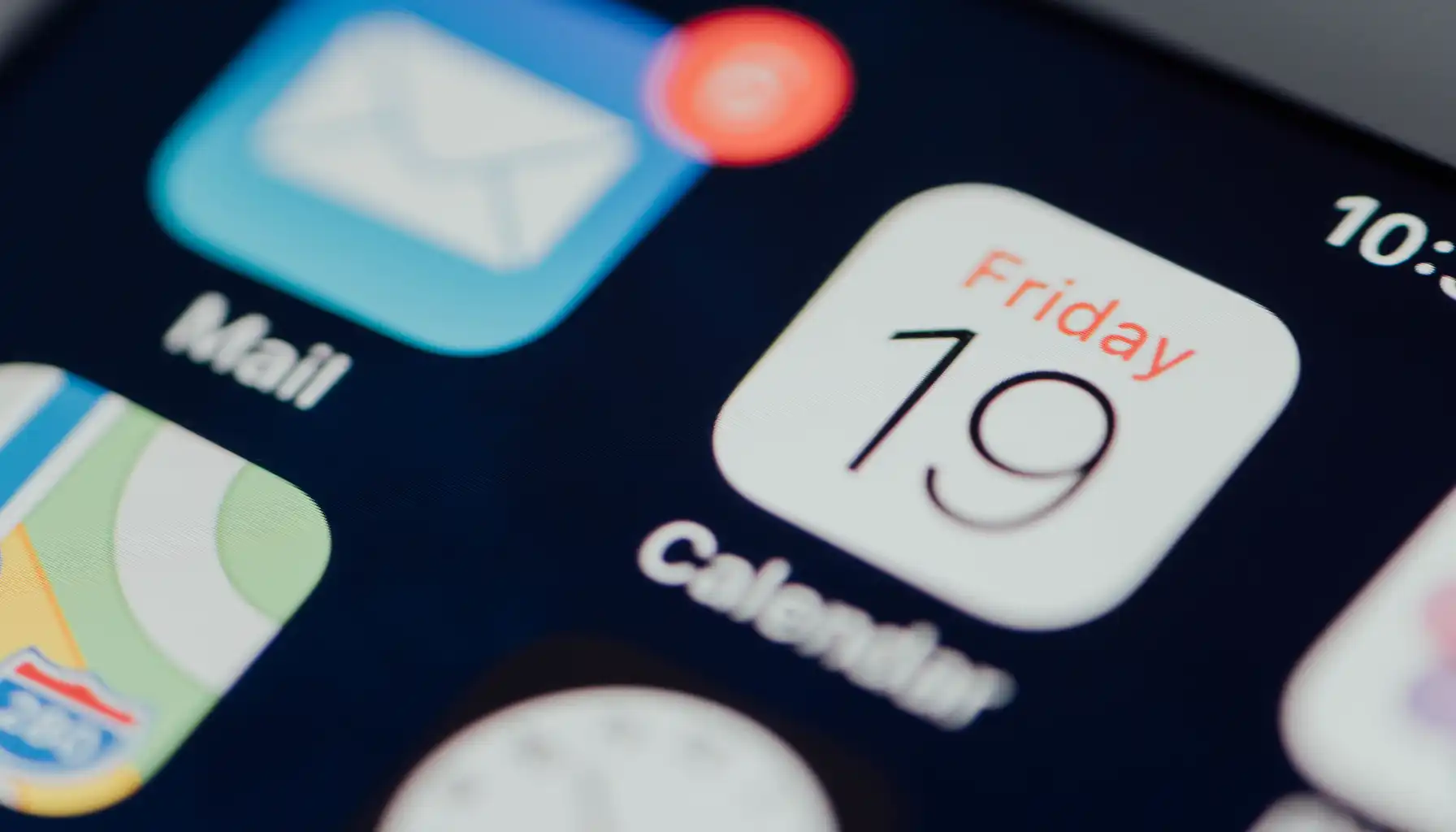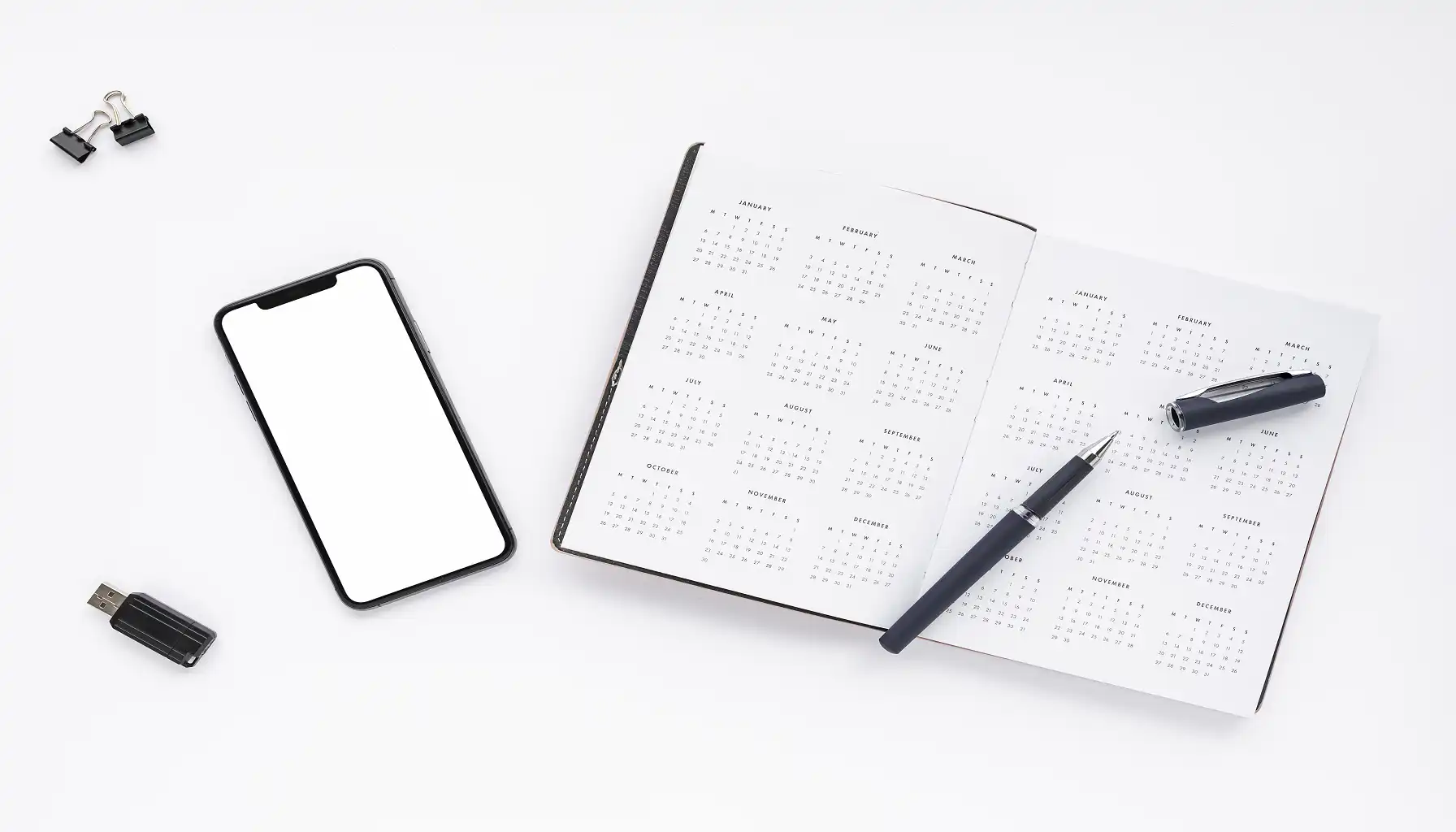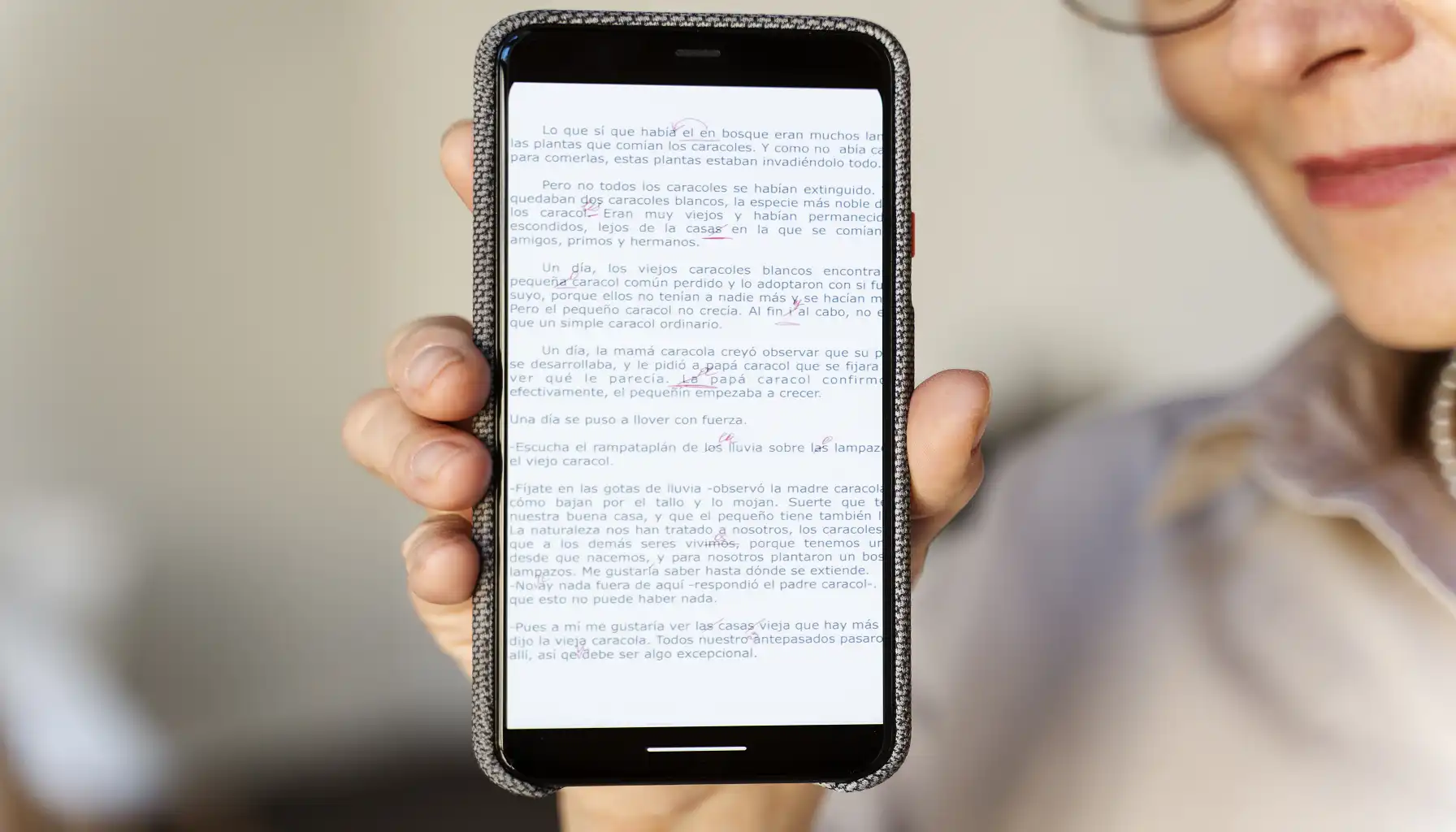How to Use Notion (or Obsidian) for Ultimate Life Organization

Contents:
Struggling with the endless stream of tasks, notes, and goals that life throws your way? Do you often feel overwhelmed, unsure where to begin, or that important details are slipping through the cracks? Let's understand the profound pros of effective life organization through either Notion or Obsidian, ensuring you can build a personalized system that truly works for you.
If you want to know how to improve concentration and focus while studying - do it easily via Mind Elevate app for free.

Why Is Organization an Important Life Skill?
When your thoughts, tasks, and information are well organized, you get a mental space allowing you to focus on what matters, and it leads to more effective decision-making and clearer achievement of your goals. The systematic approach often employed in a life sciences organization to manage data and research findings offers a valuable parallel to personal productivity.
Just as a well-structured approach helps you cope with multiple commitments without feeling constantly left behind, such an active lifestyle is essential for personal and professional growth.
Notion VS Obsidian: Organization Characteristics of Life
Before diving into the practical steps, it is essential to select the tool that best aligns with your personal style and organizational needs, some people also use it as a part of science-backed techniques to improve focus and concentration. Understanding these differences will help you decide which platform will serve as your ideal life organization system.
Notion: The All-in-One Workspace for Structure Enthusiasts
Notion is a workspace that contains notes, databases, wikis, calendars and project management tools in one customizable platform. It is a cloud-based one, meaning your information is accessible from anywhere, and excels in creating structured systems.
If you often use databases, interconnected pages, and a centralized hub for all your information, Notion is likely your best bet. It is particularly strong for collaborative projects and for those who appreciate a clean, block-based interface.
Obsidian: The Knowledge Graph for Creative Thinkers
On the other hand - Obsidian. It is a local knowledge base that processes your notes as regular text files. Its main feature is the ability to connect the notes together, creating a "graphical link" that visually displays the connections between your ideas. Actually, it would be great for people with visual memory.
If you're a researcher or someone who likes to explore new ideas, combine concepts, and create a personal network of knowledge, this one may be suitable for you.

Here is a quick comparison to help you decide:
Feature | Notion | Obsidian |
Primary Use | All-in-one workspace, project management | Personal knowledge base, note-taking |
Data Storage | Cloud-based | Local files (Markdown) |
Connectivity | Web, desktop, mobile apps | Desktop, mobile apps (sync optional) |
Structure | Databases, tables, linked pages | Bi-directional links, graph view |
Collaboration | Excellent built-in features | Limited (via shared folders/sync) |
Customization | Block-based, templates | Plugins, themes, CSS snippets |
Ideal For | Structured workflows, teams, dashboards | Creative thinking, writers, researchers |
At What Level of Organization Does Life Begin: Master Notion or Obsidian in 7 Steps
Step 1: Define Your Goals and Vision
Before you start your health and life organization, take time to reflect on what you want to achieve. Clearly defining your goals provides the compass for your entire system. This step guarantees that each piece of information you collect and every task you complete will make a meaningful contribution to your notes.
Step 2: Capture Everything (Tasks, Notes, Ideas)
The first practical step is to create an "inbox" or a quick capture system. This is where every thought, task, meeting note, or random idea goes immediately. Do not worry about organizing it yet; the goal is simply to get it out of your head.
In Notion: Create a simple "Inbox" page or a "Quick Capture" database entry.
In Obsidian: Have a dedicated "Daily Note" or an "Inbox" note where you quickly jot down new information.

Step 3: Structure Your Workspace
Now, it is time to give your captured information a home.
In Notion: Utilize databases for tasks, projects, notes, and goals. Link these databases together. For example, a "Tasks" database can link to a "Projects" database, showing which tasks belong to which project. Create dashboards that pull information from various databases into one view.
In Obsidian: Develop a system of folders and tags. Crucially, use bi-directional links [[like this]] to connect related notes, especially if you have logical-mathematical intelligence. This builds a web of knowledge where you can easily jump from one idea to another. Consider MOCs (Maps of Content) to organize broader topics.
Note: Such platforms help people with ADHD cope with difficulties in their daily routine.
Step 4: Implement Daily and Weekly Reviews
Consistency is key to maintaining any effective organizational system. Dedicate a short period each day (10-15 minutes) and a longer period each week (30-60 minutes) to review your system.
Daily Review: Process your inbox, prioritize tasks for the day, and review your schedule.
Weekly Review: Look back at the past week's accomplishments, plan for the upcoming week, review your goals, and clean up any lingering items.
Step 5: Leverage Free Templates
You do not have to start from scratch. Both Notion and Obsidian boast vibrant communities that share free templates.
In Notion: Explore Notion's official template gallery or search for community-made templates for habit tracking, project management, content calendars, and more. Import them and customize them to fit your specific needs.
In Obsidian: Look for community plugins and starter kits that offer pre-configured workflows for note-taking, task management, or even journaling. Many users share their entire "vault" setups online.
Using templates is a great option to quickly build a functional system. For those aiming for a truly productive and pro life organization approach to their daily routines, robust organizational tools are key, and templates offer a fantastic starting point. While digital tools are powerful, some individuals also find value in life organization printables for specific tasks like habit tracking or daily planning.

Step 6: Personalize and Iterate
Your organizational system should evolve with you. What works today might need tweaking tomorrow. Do not be afraid to experiment with different layouts, naming conventions, or linking strategies. Personalize your workspace with colors, icons, and themes that make it enjoyable to use.
Step 7: Stay Consistent and Patient
Recognizing these interconnected levels of life organization within your own framework allows for a more holistic and powerful approach to managing your life. There will be days when you feel less motivated, but try to stick to your daily and weekly review habits.
Patience is crucial; you are not just organizing tasks, you are building a new habit and a new way of thinking about your information.
Beyond the Basics
Understanding that even the smallest, seemingly insignificant note can contribute to a larger, more meaningful project is akin to appreciating how simple components combine to create complex systems. Whether you seek the structured efficiency of Notion or the creative freedom of Obsidian, the principles remain the same: capture, organize, review, and refine.





